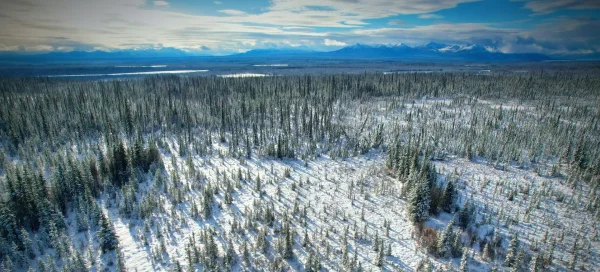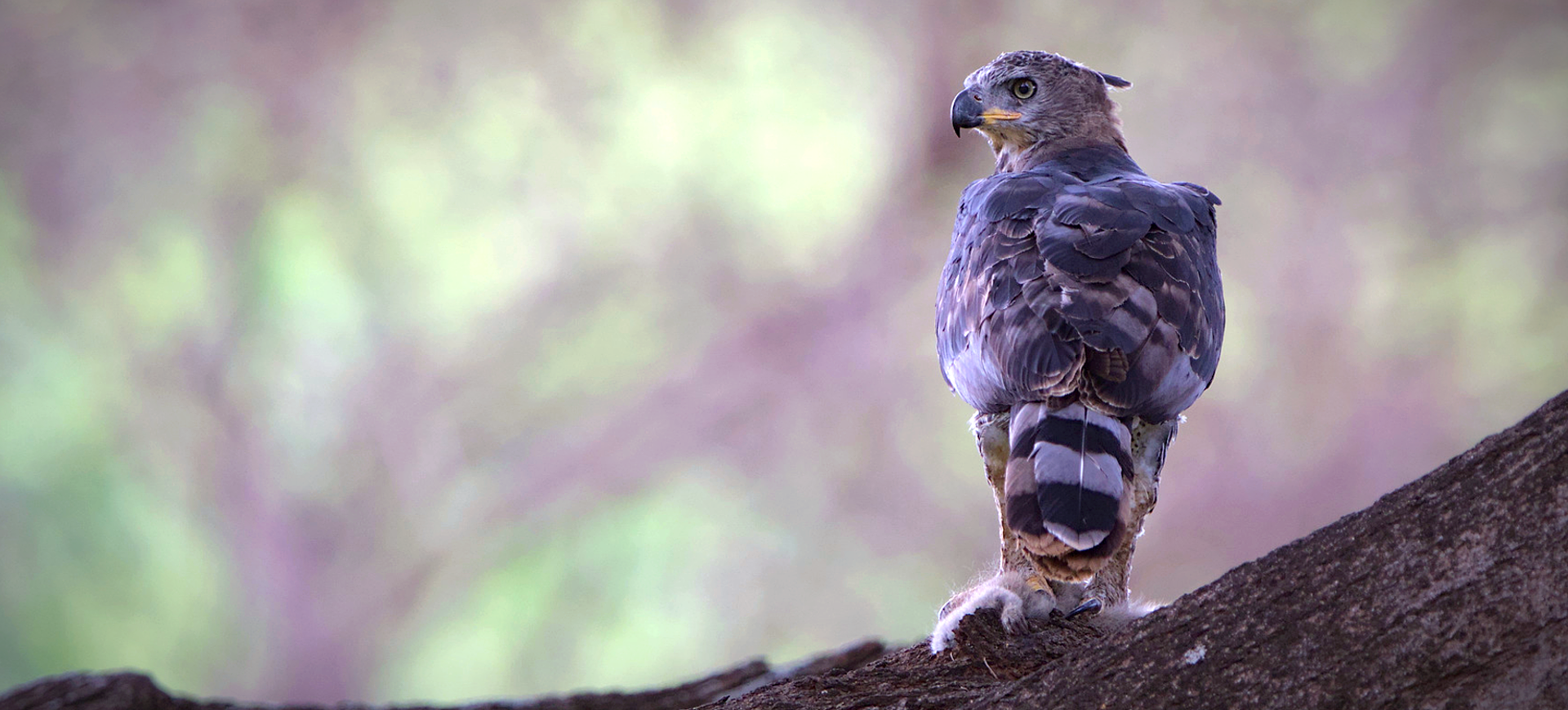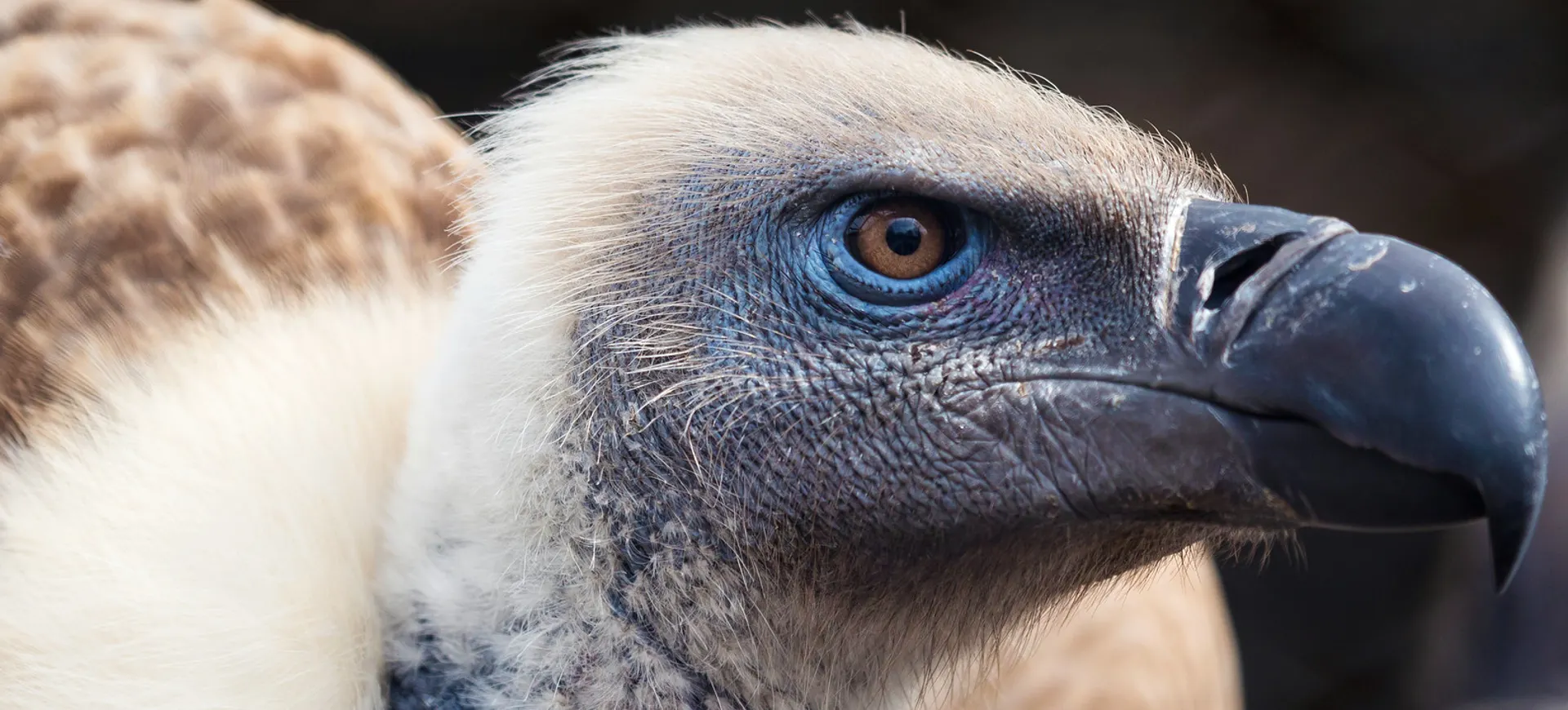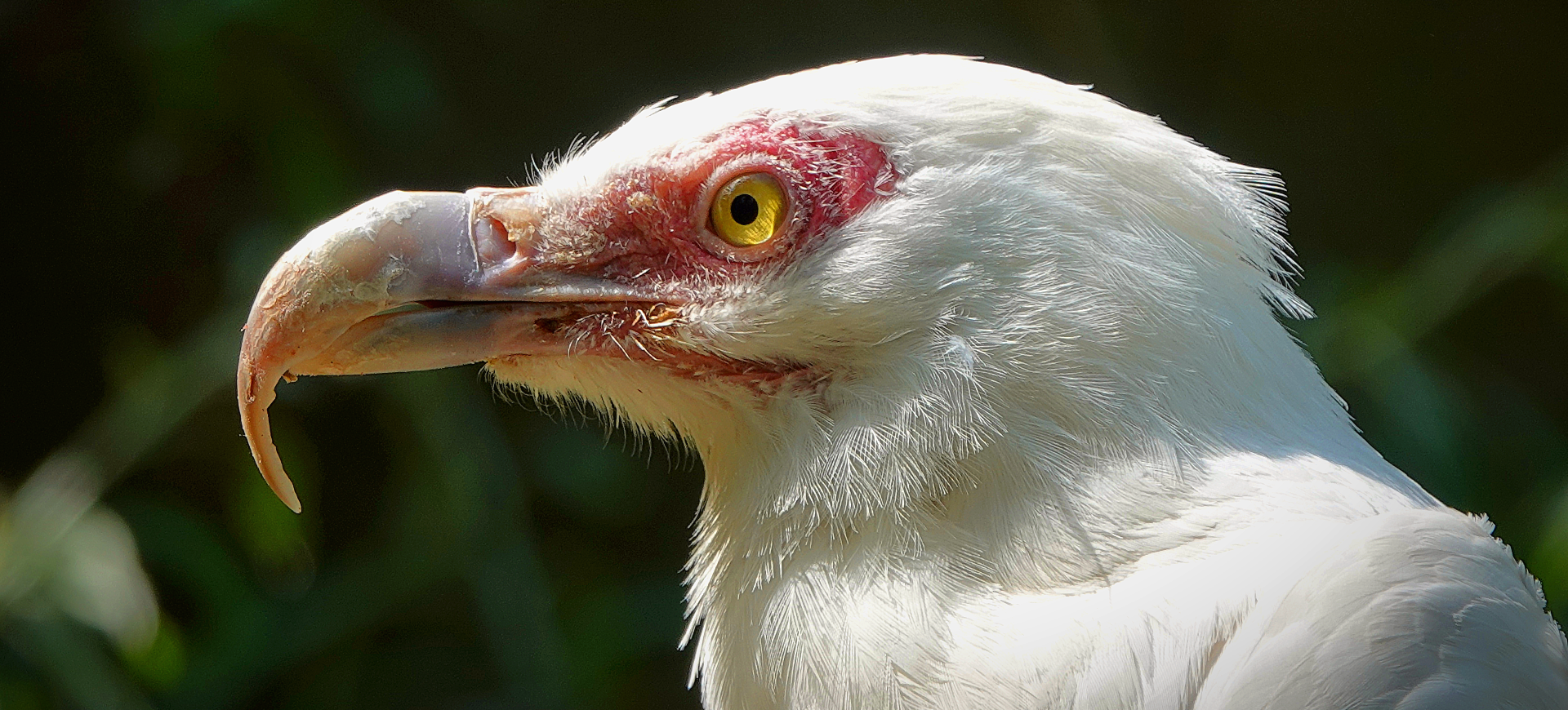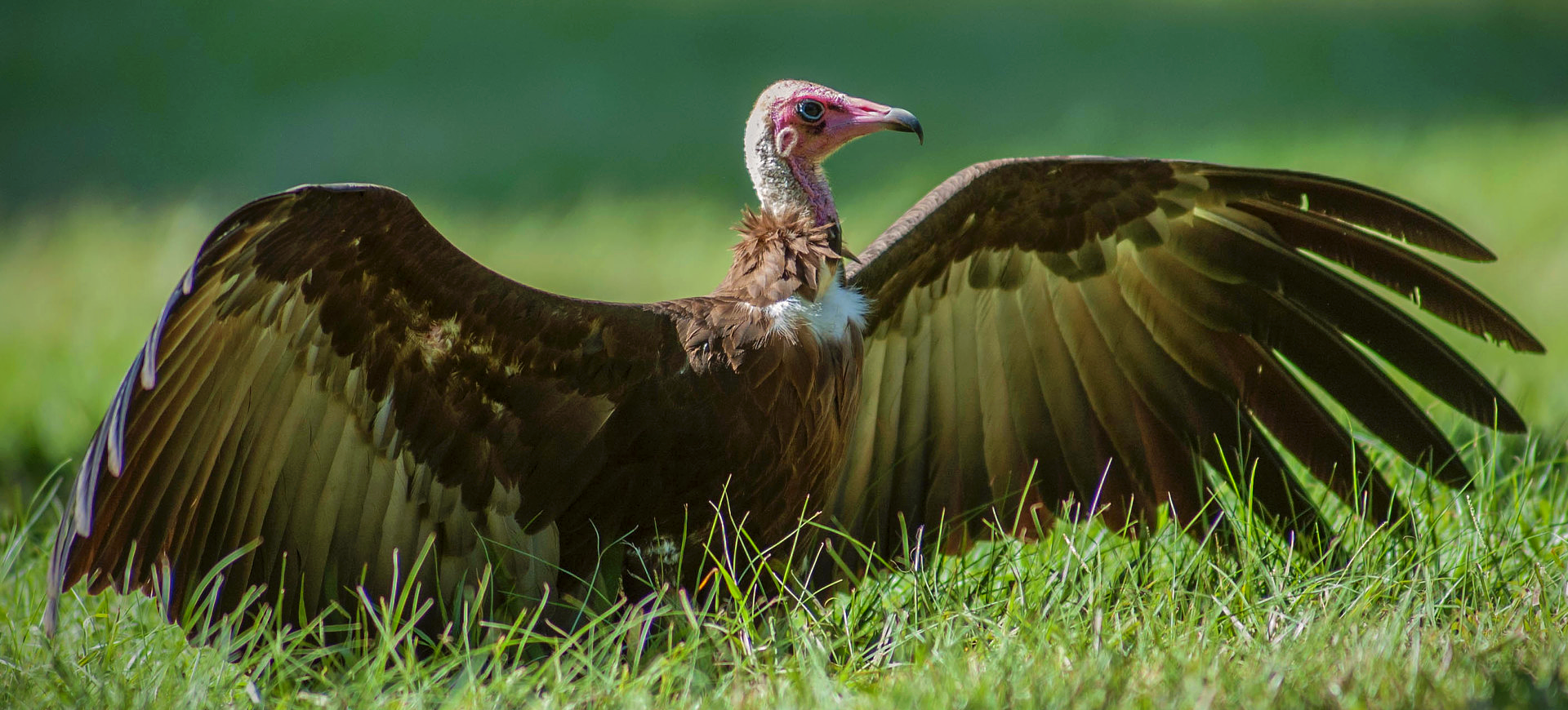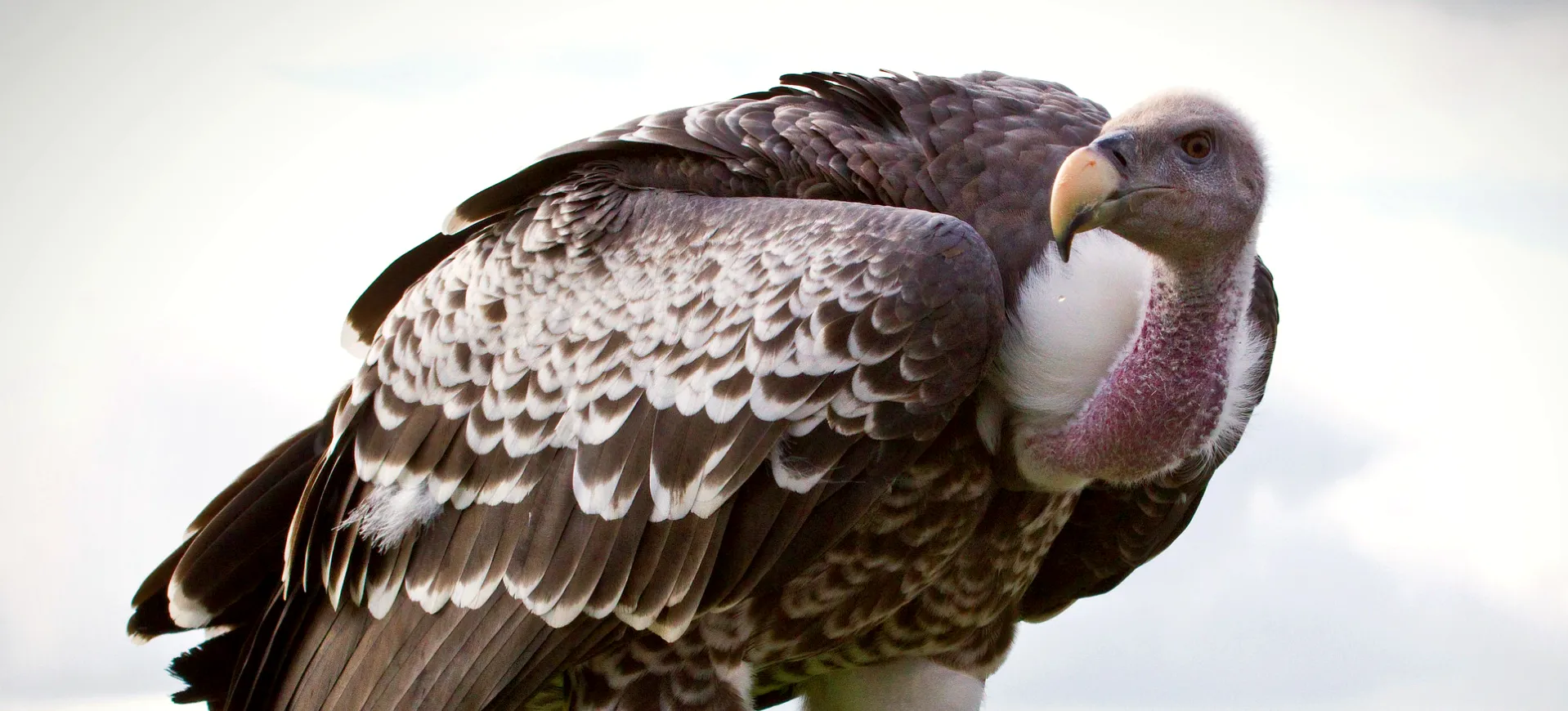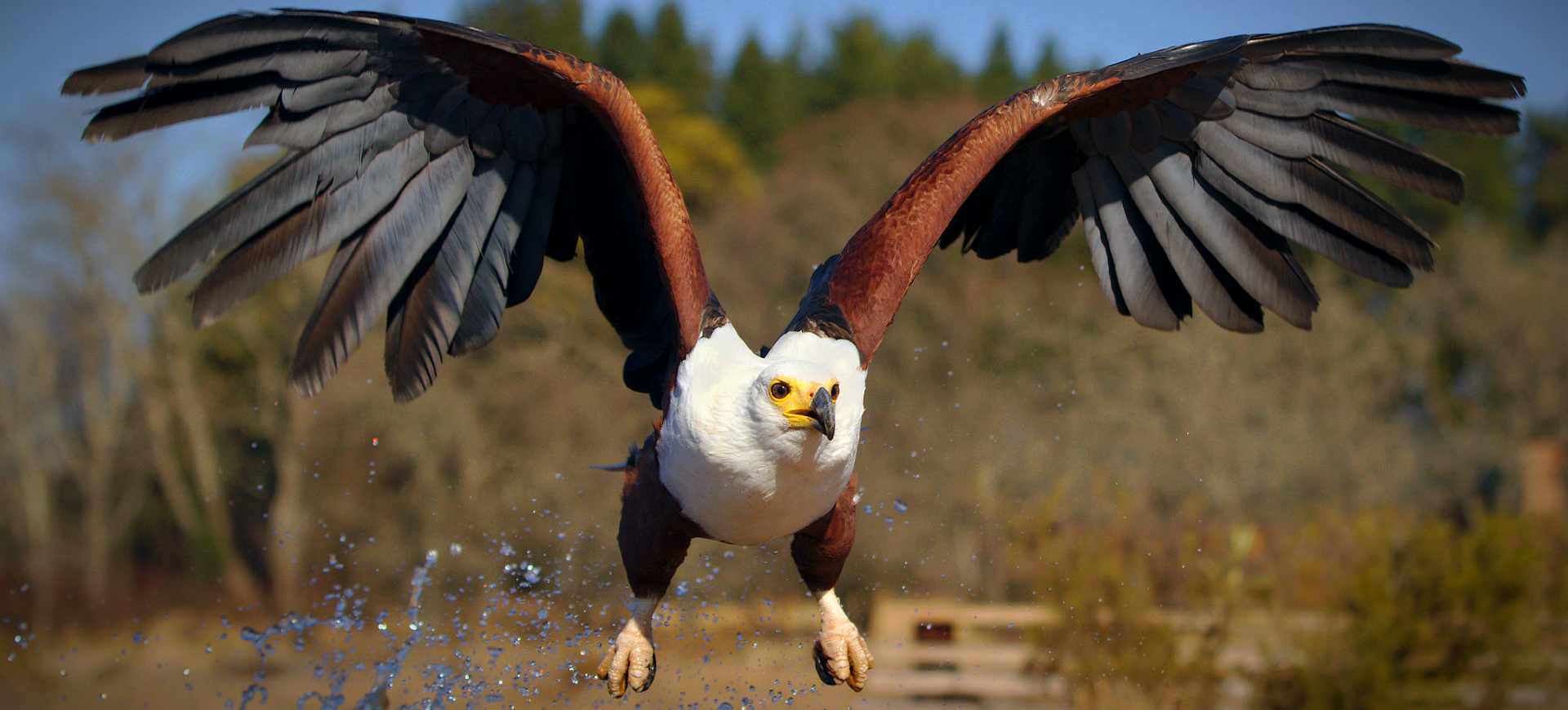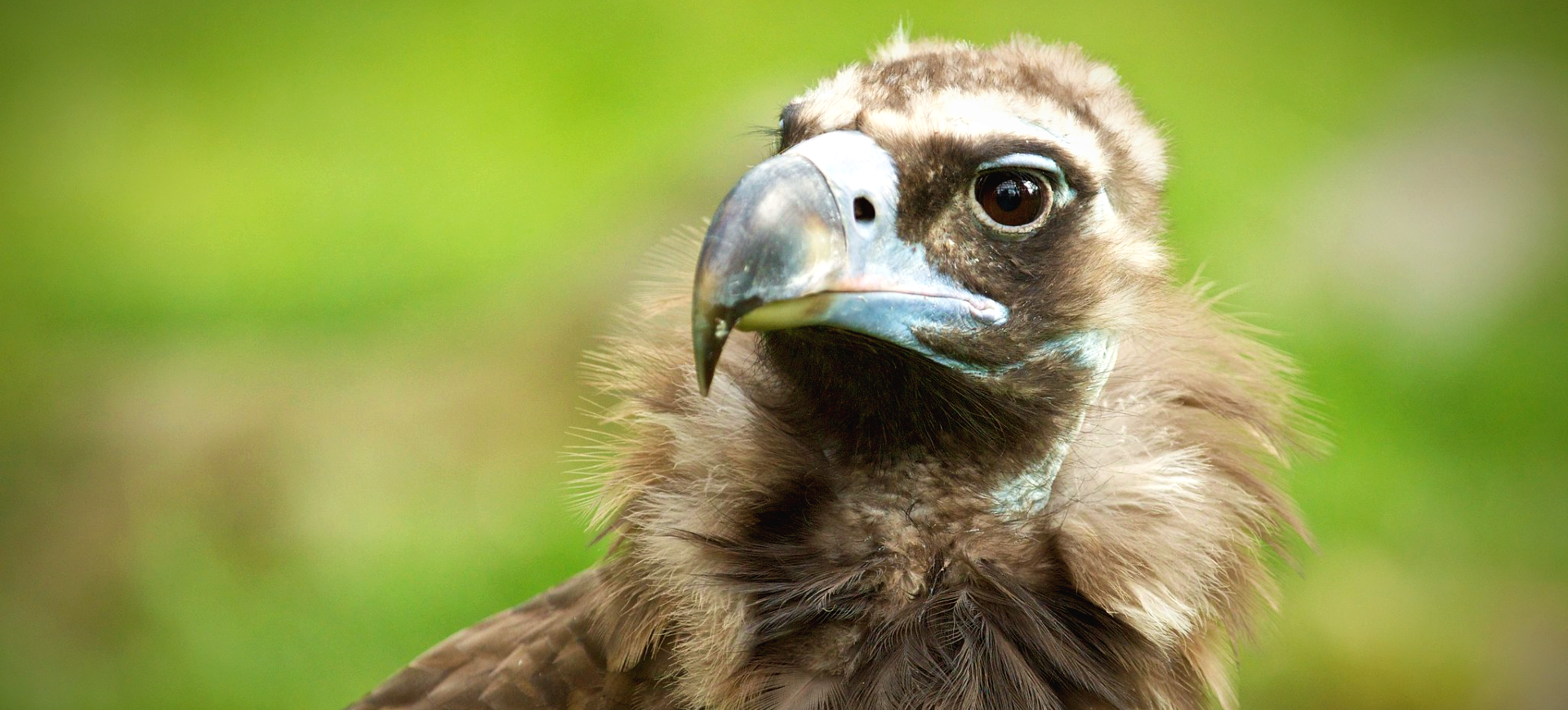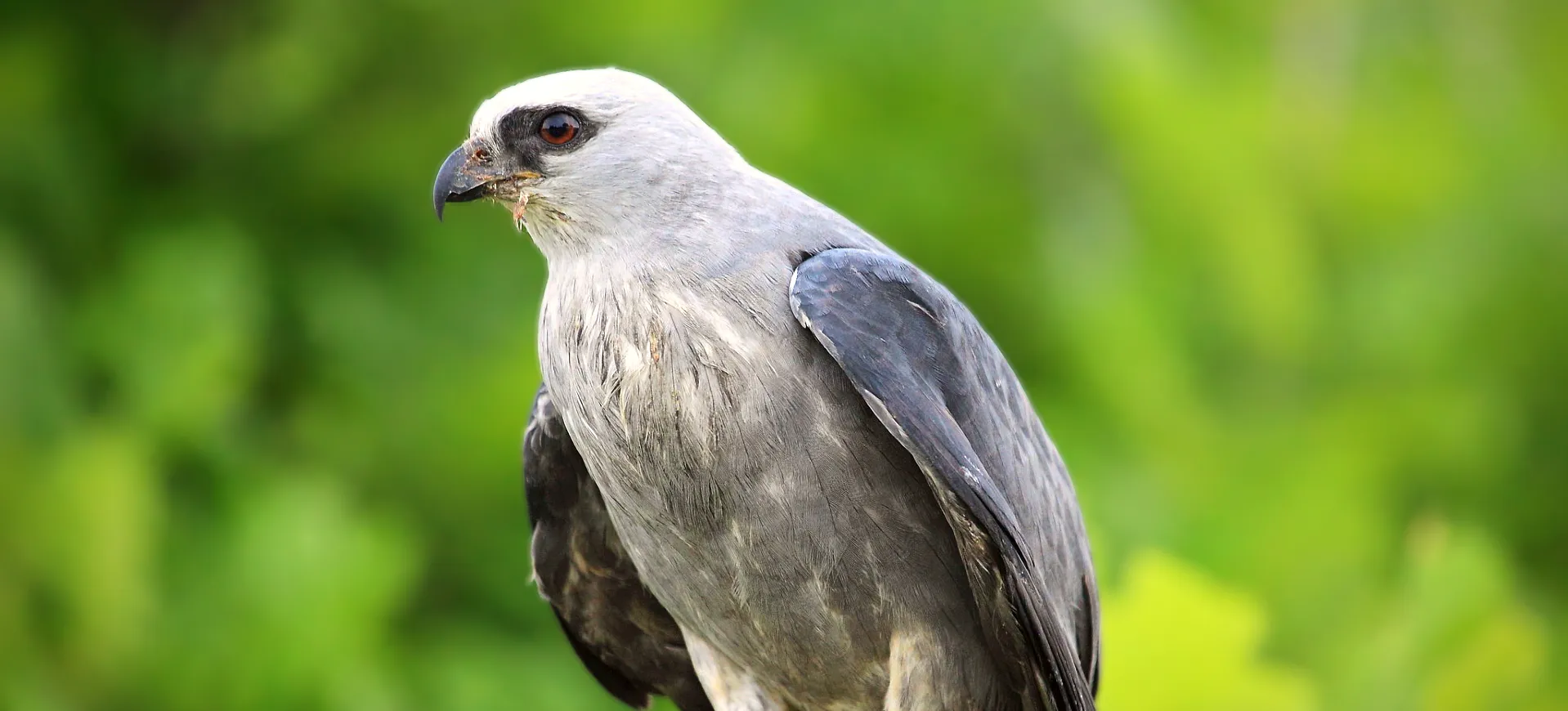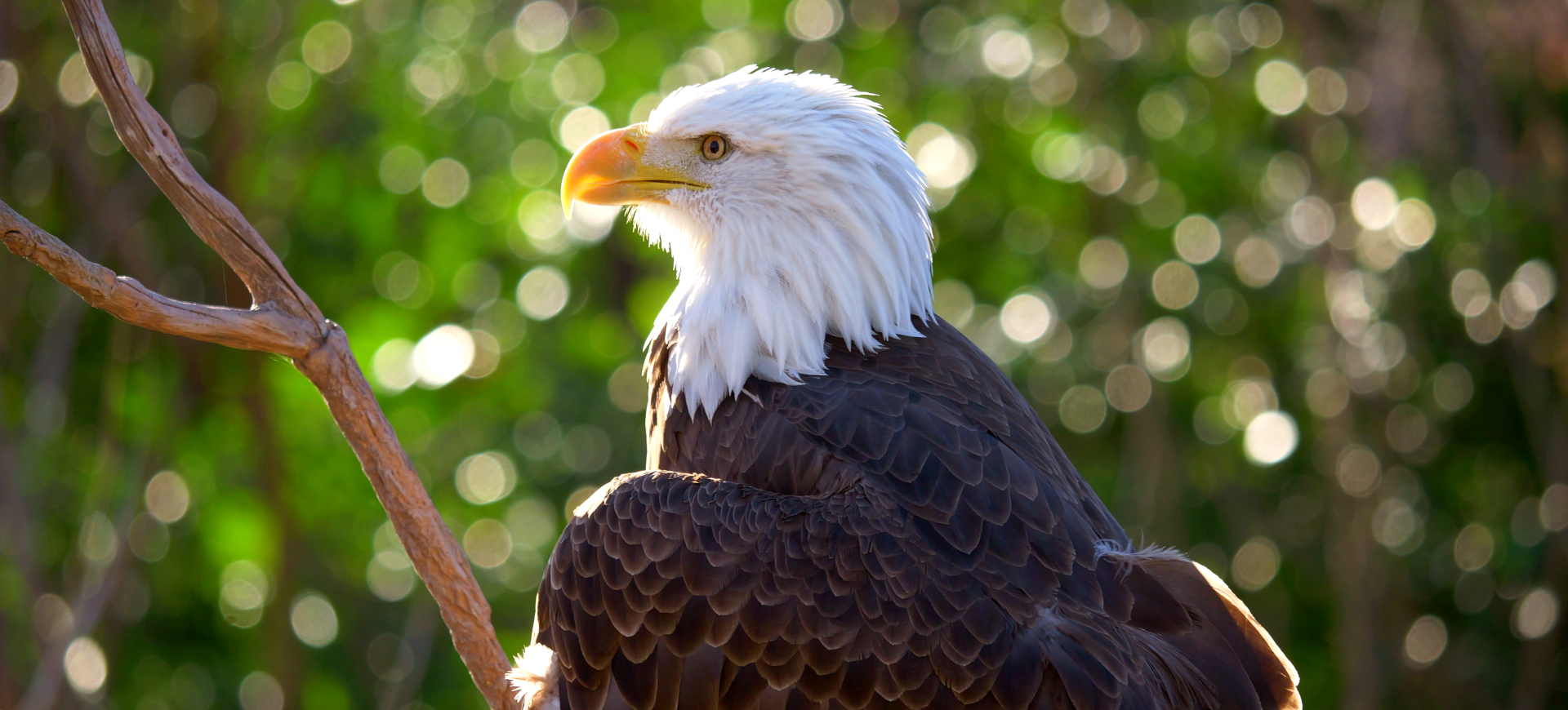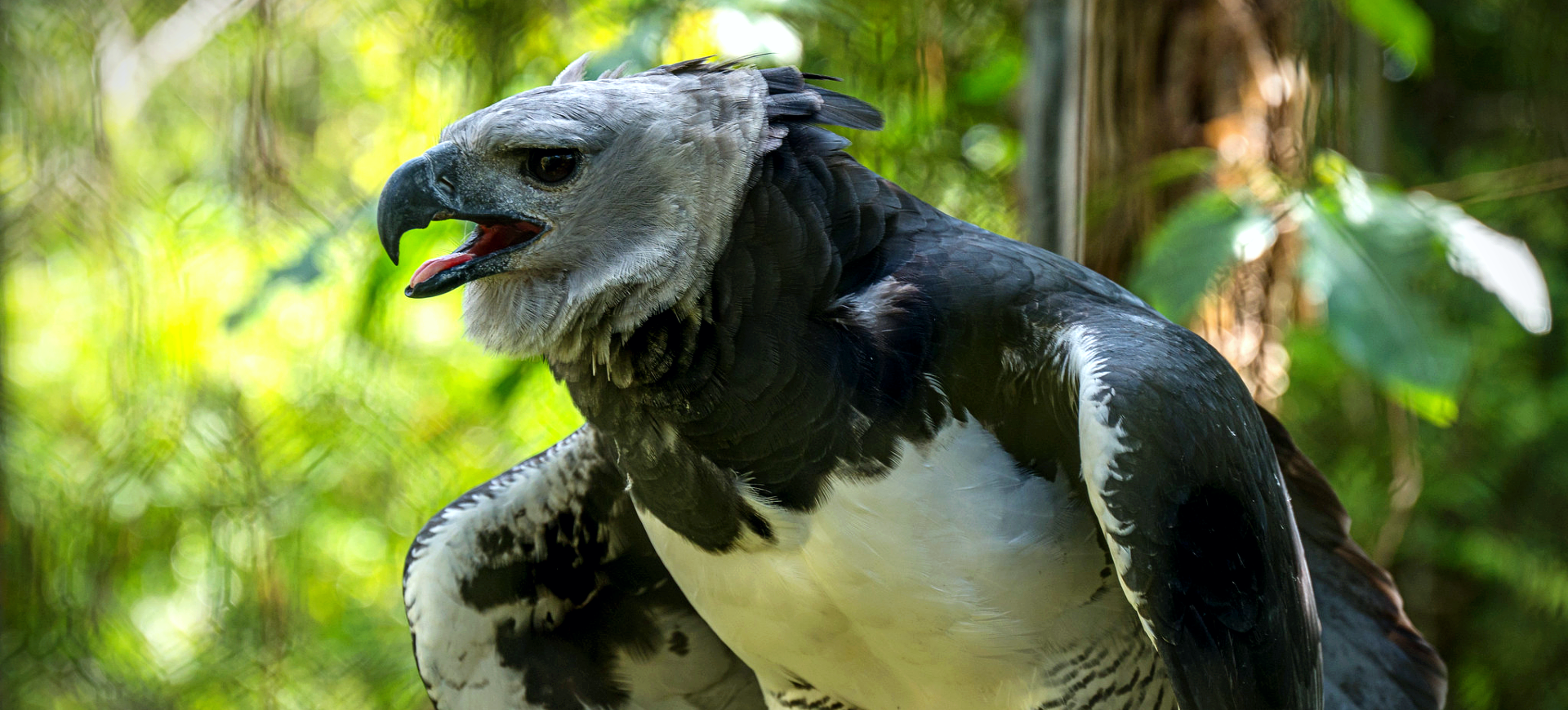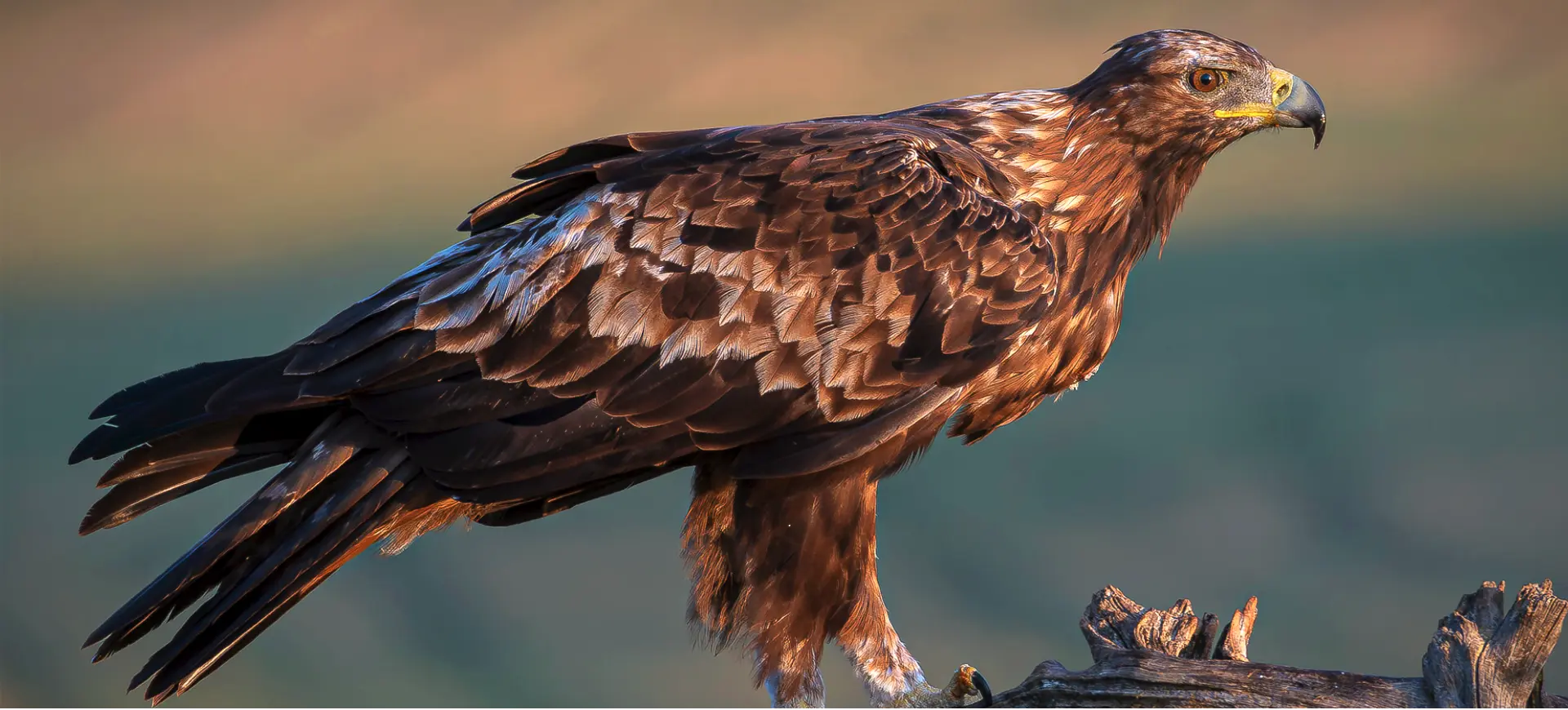Overview
The Red-tailed Hawk (Buteo jamaicensis) is a bird of prey known for its distinctive reddish-brown tail, which it often displays in flight. As one of North America’s most widespread and adaptable raptors, this hawk has a varied range, from the dense forests of Alaska to the tropical rainforests of Central America. It’s a robust bird with a broad chest, rounded wings, and a short, wide tail, designed for soaring and keenly observing the ground below for potential prey.
Red-tailed Hawks are highly adaptable predators, known for their ability to hunt various prey, including small mammals, birds, and reptiles. They exhibit a variety of plumage colorations, commonly referred to as “morphs,” ranging from light to dark, adding to their ability to blend into different environments. These birds are often seen perched high on treetops, poles, or other vantage points, from where they launch to attack their prey with a swift, controlled dive.
They play a crucial role in the ecosystem as apex predators, helping control rodent populations and other small animals. Noted for their piercing scream, often used in movies as a generic raptor call, Red-tailed Hawks have a commanding presence in the sky. They are monogamous and are often seen soaring in circles high above their territory, making them a familiar sight for many.
Taxonomy
Kingdom
Phylum
Class
Order
Family
Genus
Species
Type
Physical Description:
The Red-tailed Hawk is a large, robust bird of prey, typically measuring 18 to 26 inches long, with a wingspan of approximately 45 to 52 inches. Adults generally weigh 1.5 to 3.5 pounds, with females being up to 25% larger than males. They exhibit a range of color variations, or “morphs,” but are typically characterized by their rich brown upperparts and pale underparts. The chest often displays a band of striped feathers.
The bird’s most distinguishing feature is its reddish-brown tail, which is usually more vibrant in adults than juveniles. Their broad, rounded wings and wide tails are designed for soaring and easily maneuvering through the air. The beak is strong and hooked, ideal for tearing flesh, and its nails are sharp and powerful, catching and gripping prey.

Lifespan: Wild: ~10 Years || Captivity: ~20 Years

Weight: Male: 1.5-2.5 lbs (0.7-1.1 kg) || Female: 2-3.5 lbs (0.9-1.6 kg)

Length: Male & Female: 18-26 inches (45-65 cm)

Wingspan: Male & Female: 45-52 inches (114-132 cm)

Top Speed: 120 mph (193 km/h) in a dive
Characteristic:
Native Habitat:
Red-tailed Hawks have a wide native habitat range, encompassing a variety of environments across North America, from dense forests and deserts to grasslands and tropical rainforests in Central America. They are highly adaptable and can live in rural and urban areas, often seen perched along highways and cityscapes. They prefer open areas where they can easily soar and spot prey but are also found in mountainous regions and coastal areas.
Their nests are usually constructed in tall trees, but they may also use cliff ledges, man-made structures, or even cacti in desert habitats. The availability of food and suitable nesting sites largely influences their habitat selection.
Climate Zones:
WWF Biomes:
Biogeographical Realms:
Continents:
Countries:
Diet:
Diet & Feeding Habits:
Red-tailed Hawks are carnivorous, primarily feeding on small to medium-sized mammals such as mice, rats, rabbits, and squirrels. They also prey on other birds, reptiles, and occasionally carrion. These hawks are known for their hunting strategy, which involves soaring high or perching in elevated positions to spot prey before diving down at high speeds to capture it with their paws.
Their keen vision allows them to detect movement from great distances, and their powerful talons are used to swiftly kill prey. They may also hunt in pairs or family groups, especially when targeting larger prey. Despite their predatory nature, Red-tailed Hawks are essential in controlling rodent populations and maintaining ecological balance.
Mating Behavior:
Mating Description:
Red-tailed Hawks are monogamous and often mate for life. During courtship, pairs perform a series of aerial displays, including soaring in circles and dramatic dives. These displays serve to strengthen pair bonds and establish breeding territory. The male may also bring food to the female as part of the courtship ritual.
Nests are typically built in high locations like tall trees, cliff ledges, or even human-made structures. Both sexes participate in constructing the nest, which is made of sticks and lined with softer materials. The female lays 1 to 3 eggs, primarily incubating, while the male provides food. After hatching, both parents feed and protect the young until they fledge.
Reproduction Season:
Birth Type:
Pregnancy Duration:
Female Name:
Male Name:
Baby Name:
Social Structure Description:
Red-tailed Hawks are primarily solitary, except during the breeding season when they form monogamous pairs. Outside of breeding, they are territorial and will defend their hunting and perching areas from others of their kind. Their social interactions are mainly observed through aerial displays used for courtship or territorial defense, involving soaring, diving, and chasing. They may be seen in groups on rare occasions, especially during winter or migration, particularly when a plentiful food source is available.
While generally solitary, Red-tailed Hawks have a complex social structure during the breeding season, with established pairs maintaining strong bonds through mutual grooming, shared hunting, and nest defense. Their communication involves a series of vocalizations and body language, with the iconic screech being most associated with this species. Understanding their social structure is crucial for conservation, as it informs habitat management and protection efforts.
Groups:
Conservation Status:
Population Trend:
The Red-tailed Hawk is considered stable and widespread throughout its range, with no major immediate threats leading to a significant decline. Its adaptability to various habitats, including human-altered landscapes, has allowed it to maintain a robust population. These hawks are a common sight in many parts of North America, serving as an indicator of the health of their ecosystems. Despite facing challenges like habitat loss and rodenticide poisoning, their numbers remain strong in the wild.
Urban and suburban environments have provided new opportunities for Red-tailed Hawks, where they help control rodent populations. However, these settings also pose new threats, including vehicle collisions and electrocution from power lines. Conservation efforts focus on habitat protection, monitoring populations, and reducing human-induced mortality. The Red-tailed Hawk’s adaptability and broad diet have been crucial to its survival and success in a changing world.
Population Threats:
The primary threats to Red-tailed Hawks include habitat destruction, primarily due to urban development and intensive agriculture, which reduces their hunting grounds and nesting sites. Pesticides and rodenticides can poison hawks indirectly when they consume contaminated prey, leading to illness or death. Collisions with vehicles and man-made structures, including wind turbines and power lines, are also significant mortality factors. Illegal shooting, though less common now, remains a concern in some areas.
Climate change poses a long-term threat by potentially altering the distribution and availability of prey and suitable habitats. Changes in forest management, such as clearing old trees, can reduce nesting sites, while changes in agricultural practices can affect prey availability. Conservation efforts aim to mitigate these threats through education, habitat protection, and research to better understand the species’ needs and responses to environmental changes.
Conservation Efforts:
Conservation efforts for Red-tailed Hawks include habitat protection, ensuring that their natural environments are preserved and that they have access to sufficient hunting and nesting areas. Educational programs aim to reduce human-induced threats, such as shooting and poisoning, by raising awareness of the hawks’ role in the ecosystem and the dangers of pesticides. Wildlife corridors and protected areas help maintain healthy populations by allowing migration and movement between habitats.
Rehabilitation centers are crucial in conserving red-tailed hawks and rescuing and rehabilitating injured birds before releasing them back into the wild. Research and monitoring are ongoing to understand their ecology better, inform conservation strategies, and track population trends. International cooperation is also essential, as many Red-tailed Hawks migrate across borders, requiring efforts across their range to ensure their protection.
Additional Resources:
Fun Facts
- The Red-tailed Hawk’s screech is often used in movies and television to represent any eagle or hawk.
- They have excellent vision, estimated to be eight times more powerful than a human’s.
- Despite their fierce hunting skills, they are known to be quite gentle with their mates and offspring.
- Red-tailed Hawks can live for over 20 years in the wild, though most live around 10 to 15 years.
- They are crucial in controlling rodent populations and benefiting farmers and ecosystems.
- Their ability to adapt to urban environments has allowed them to thrive near human settlements.
- The Red-tailed Hawk is North America’s second most common raptor after the American Kestrel.
- They are popular in falconry due to their trainability and adaptable nature.
- Juvenile Red-tailed Hawks don’t get their red tail until they are about two years old.
- They have a “belly band” of streaked feathers a good identification field mark.











